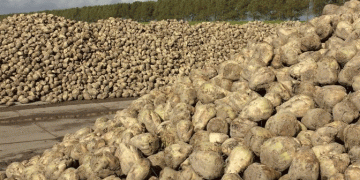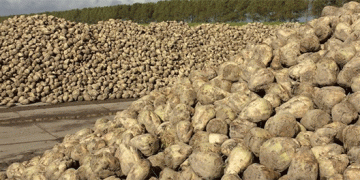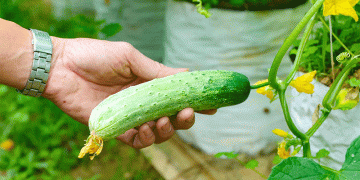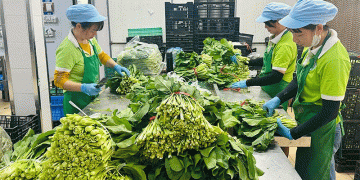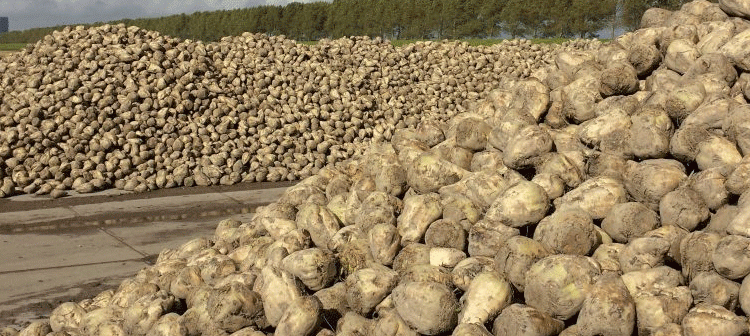The Republic of Mordovia is demonstrating a masterclass in sugar beet productivity for the 2025 season. As of mid-October, agricultural producers have harvested 736.1 thousand tonnes of sugar beet from 69.7% of the allocated 24.98 thousand hectares. The current average yield stands at an impressive 422.8 centners per hectare (c/ha), or 42.28 tonnes per hectare. With the harvest ongoing, the republic is firmly on track to meet its ambitious target of at least 1 million tonnes.
The performance is not just a regional average but a story of local excellence. The Romodanovsky district leads in total volume with 200.3 thousand tonnes, while the Atyashevsky district showcases a remarkable yield of 440.4 c/ha. The standout, however, is the Bolsheignatovsky district, which has achieved a phenomenal yield of 510 c/ha (51 tonnes per hectare), setting a high bar for the entire region and the country.
Benchmarking Mordovia’s Success on the Global Stage
To appreciate Mordovia’s achievement, it’s essential to place it in a global context. According to 2024 data from the International Sugar Organization (ISO) and national agricultural reports, the average sugar beet yield in the European Union, a global leader, hovers around 75-78 tonnes per hectare. The United States Department of Agriculture (USDA) reports average U.S. yields for the 2023/24 season at approximately 70.2 tonnes per hectare.
Mordovia’s average of 42.28 t/ha is strong for its region, but the peak of 51 t/ha in Bolsheignatovsky is what truly captures attention. This figure is competitive with professional farming operations across Europe and North America. Such high yields are typically the result of a synergistic combination of factors:
- Precision Agriculture: The use of GPS-guided machinery, variable rate seeding, and fertilization.
- Advanced Genetics: Planting high-performance, disease-resistant hybrid varieties suited to local conditions.
- Optimized Crop Management: Strict adherence to sowing dates, integrated pest management (IPM), and tailored nutrition programs.
The district-level variance in yields—from 406.2 c/ha to 510 c/ha—underscores a significant opportunity. It suggests that the potential for higher productivity exists across the entire republic if the agronomic practices and conditions leading to the top yields can be identified and replicated.
Mordovia’s 2025 sugar beet campaign is a powerful demonstration of what is achievable in modern agriculture. The republic is not only on track for a record harvest but is also producing world-class yields in its leading districts. The data from Bolsheignatovsky, in particular, proves that local conditions, when managed with precision and expertise, can compete on a global level. For agronomists, farm owners, and scientists, the key takeaway is the immense value in analyzing intra-regional performance gaps. By studying and disseminating the best practices from the top-performing districts, Mordovia can elevate its entire agricultural sector, turning local peaks into a new, higher plateau for the entire republic.
